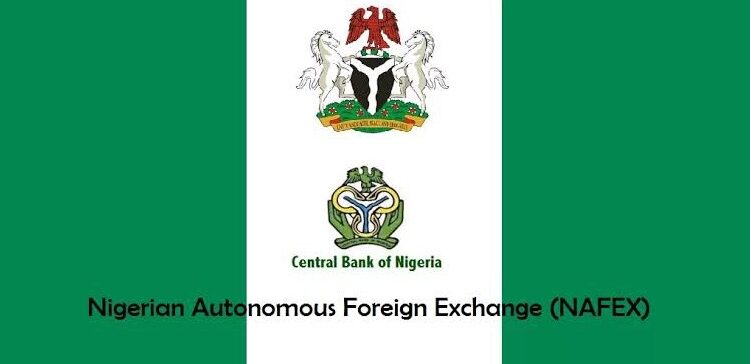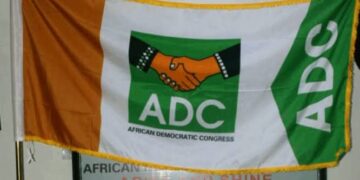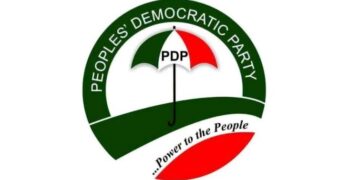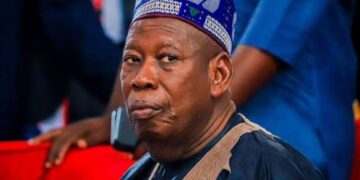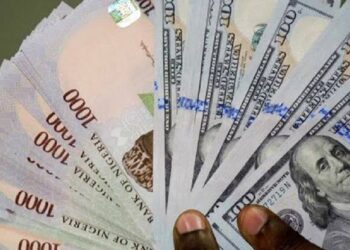On Tuesday, the Nigerian naira experienced a significant depreciation of N95.83 in the official foreign exchange (FX) market, following the Central Bank of Nigeria’s (CBN) announcement of another hike in interest rates.
This marked the fifth consecutive rate increase of the year by the Monetary Policy Committee (MPC). The naira’s fall was a direct response to the central bank’s continued tight monetary stance aimed at controlling inflation and stabilizing the national currency.
At the close of trading on Tuesday, the naira had depreciated by 5.8 percent, with the U.S. dollar being quoted at N1,658.48. This was a sharp decline from the previous day’s rate of N1,562.66 at the Nigerian Autonomous Foreign Exchange Market (NAFEM), as reported by FMDQ Securities Exchange Limited. The depreciation underscores the mounting pressure on the naira in the face of broader economic challenges.
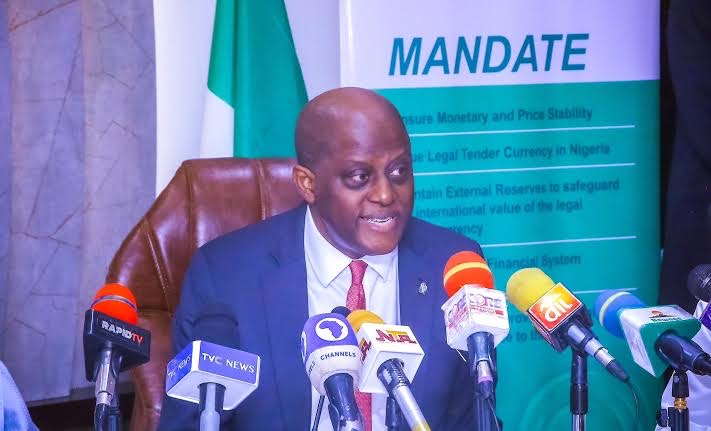
In terms of market liquidity, there was a notable rise in dollar supply from sellers and buyers, reflecting increased activity in the market. The market recorded a 66 percent surge in dollar availability, with a total of $166.36 million exchanged on Tuesday, compared to $100.21 million recorded the day before.
This increase in dollar supply indicates growing demand for foreign currency amidst the declining value of the naira.
The FMDQ market summary provided insight into the intraday fluctuations of the naira within the FX market.
On Tuesday, the intraday high reached N1,682, a slight rise from the N1,675 recorded on Monday. However, the intraday low fell to N1,570, compared to N1,540 on Monday, illustrating the volatile nature of the market and the significant pressure on the local currency.
The naira’s depreciation was also mirrored in the parallel, or black market, where the local currency dropped to N1,675 on Tuesday, reflecting a loss of N12 from the previous rate of N1,663. The continued depreciation in both official and unofficial markets underscores the ongoing challenges the naira faces in the current economic climate.
The CBN, in response to these challenges, raised the Monetary Policy Rate (MPR) by an additional 50 basis points, bringing the key interest rate to 27.25 percent. This marked the fifth consecutive rate hike in 2024, as the central bank ramped up efforts to combat inflation and stabilize the naira.
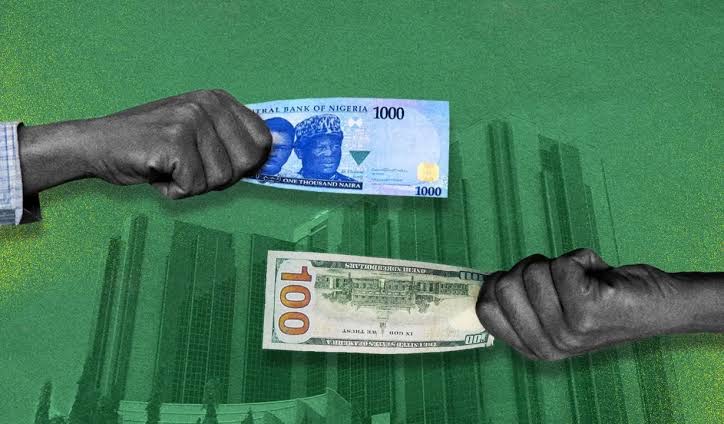
The MPC’s decision underscores the CBN’s commitment to a tight monetary policy approach, which it believes has helped achieve relative stability and some degree of convergence in exchange rates across various market segments.
Coronation, a leading financial firm, provided further analysis of the situation, noting that since the previous MPC meeting in July 2024, the naira had appreciated slightly by 1.5 percent in the NAFEM window. By September 23, 2024, the naira had closed at N1,562.7 per U.S. dollar.
However, the sharp depreciation on Tuesday highlights the ongoing volatility in the foreign exchange market and the challenges the CBN faces in maintaining currency stability.
CBN Governor Olayemi Cardoso shed light on some of the key factors influencing the naira’s performance in the FX market. During the MPC briefing, Cardoso emphasized the relationship between Federal Account Allocation Committee (FAAC) disbursements and liquidity levels within the banking system.
“Members observed a strong correlation between FAAC releases and liquidity levels in the banking system, as well as its impact on the exchange rate,” Cardoso explained. This correlation suggests that the periodic disbursements from the FAAC influence liquidity in the financial system, which in turn affects the naira’s exchange rate against foreign currencies.
Cardoso also addressed the broader issue of money supply growth as a significant driver of inflation and naira volatility. He pointed out that Nigeria’s money supply had expanded dramatically over the years, rising from N19 trillion in 2015 to a staggering N54 trillion by 2023.
A significant portion of this increase was due to the CBN’s practice of lending to the government through “Ways and Means,” a mechanism designed to cover fiscal deficits by effectively printing money.
“That is a huge increase, and a substantial amount of that was through Ways and Means. So essentially, printing of money resulted in a huge amount of money chasing a relatively small amount,” Cardoso stated, explaining how this practice has contributed to inflationary pressures and the current instability in the naira’s value.
The massive expansion in the money supply has fueled inflation, making it harder for the central bank to maintain stability in both the foreign exchange and broader economic markets.
Overall, the naira’s recent depreciation highlights the complex dynamics at play in Nigeria’s foreign exchange market. With inflationary pressures continuing to mount and the CBN maintaining a tight monetary policy, the naira’s stability remains a major concern for both the central bank and the broader economy.


